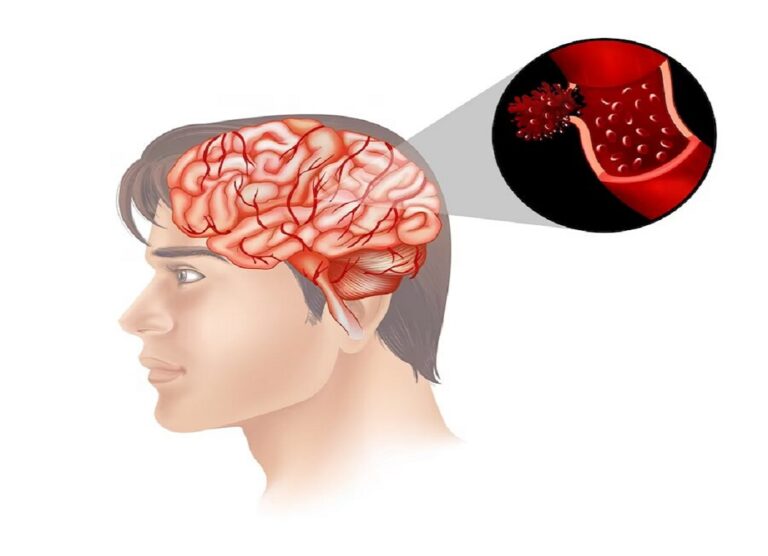
Pituitary adenomas are unusual-growth benign tumors that develop on the pituitary gland. They are usually noncancerous but can interfere with normal pituitary function and lead to serious health conditions.
Most adenomas stay in the pituitary gland or the tissue around it and grow slowly. They typically do not spread to other parts of the body but should be eliminated immediately in order to prevent health complications.
Adenomas are considered to be the most common disease that affects the proper functioning of the pituitary gland. These tumors most commonly occur in people between 30 to 40 years of age although they can also be diagnosed in children. Pituitary adenomas can vary in size and behavior.
Tumors that produce hormones are called functioning adenomas, while those that do not are considered to be non-functioning adenomas.
The majority of tumors can be successfully eliminated and treated in numerous ways. These tumors can either be removed with surgery or their growth can be controlled with the help of medications or radiation therapy.
Sometimes, hormone levels are managed with medicine but the healthcare provider might suggest a combination of these treatments depending on the condition of the patients.
Symptoms Of Pituitary Adenoma
Tumors that are smaller than 10 millimeters are called microadenomas and often secrete pituitary hormones. These smaller adenomas are usually diagnosed earlier because the increased levels of these secreted hormones cause abnormal changes in the human body.
The common symptoms of a pituitary tumor, other than mass effect, generally result from endocrine dysfunctionalities and result in the overproduction of growth hormones, or underproduction of thyroid hormone.
Hormonal imbalances can also impact fertility, heat, and cold tolerance, as well as the skin and other body organs.
Some other symptoms that indicate a person might have pituitary adenoma are as follows:
- Vision problems
- Headaches in the forehead area
- Nausea or vomiting
- Impaired sense of smell
- Depression
- Fatigue
- Infertility
- Growth problems
- Osteoporosis
- Weight gain
- Weight loss
If a person exhibits any of the above-mentioned symptoms, he should acquire medical care as soon as possible in order to stop the growth of tumors and prevent various health-related problems.
Diagnosis of Pituitary Adenoma
Pituitary tumors often go unnoticed or undiagnosed for prolonged periods as sometimes, they do not show significant symptoms because they grow very slowly over time. Small pituitary tumors that don’t make hormones, called nonfunctioning microadenomas, often do not exhibit any symptoms as well.
They are usually diagnosed because of an imaging exam, such as an MRI or a CT scan, that is performed for another reason.
However, in order to diagnose this tumor, the physician might use blood tests, urine tests, and imaging.
Blood and urine tests can detect abnormal levels of hormones such as plasma prolactin, growth hormone, insulin-free thyroxine, cortisol, and testosterone. Abnormal amounts of certain hormones might also indicate a specific pituitary-related syndrome.
Doctors consider these factors when choosing a diagnostic test:
- The type of tumor suspected.
- Signs and symptoms the patient exhibits.
- Patient’s age and general health.
- The results of earlier medical tests.
Laboratory Tests:
A blood test can measure the amounts of certain hormones in the blood. These tests might need to be repeated a few times so the doctor can understand how hormones are produced over time, or to confirm that hormone levels are consistently abnormal.
Magnetic Resonance Imaging:
An MRI uses magnetic fields, to produce detailed images of the body and can be successfully used to measure the tumor’s size. To diagnose it, a special dye called gadolinium is given to create a clearer picture.
This dye can either be given as pills or can be injected into a patient’s vein. MRI is better than a computed tomography scan, to diagnose most pituitary gland tumors.
Treatments
Early intervention can provide the best chance for the cure or control of pituitary adenomas and their side effects. There are generally three types of treatment used in the treatment of pituitary tumors: surgical removal of the tumor, radiation therapy, and medication therapy to shrink or eliminate the tumor.
Surgery:
Transsphenoidal surgery involves accessing the tumor through the nasal cavity using a microsurgical or endoscopic approach. Surgery for such types of tumors is usually combined with computer guidance, which allows a minimally invasive procedure.
Radiation Therapy:
Radiation therapy can also be used to eliminate pituitary adenomas. It works slowly on pituitary gland tumors and might take months or even years to control the tumor growth and hormone levels.
In some cases, external radiation therapy, given daily for 5 or 6 weeks can show significant improvements, which is usually referred to as conventional radiation therapy.
Medication Therapy:
While transsphenoidal surgery represents the standard initial approach in the majority of cases, medication therapy can also be a valuable and effective treatment option for adenomas.
Healthcare providers can treat some types of pituitary adenomas with medication that shrinks the adenoma and effectively helps relieve symptoms.
In 80% of cases, these medications lower the prolactin levels to normal. However, if the medication does not work properly, the healthcare provider might recommend surgical intervention.